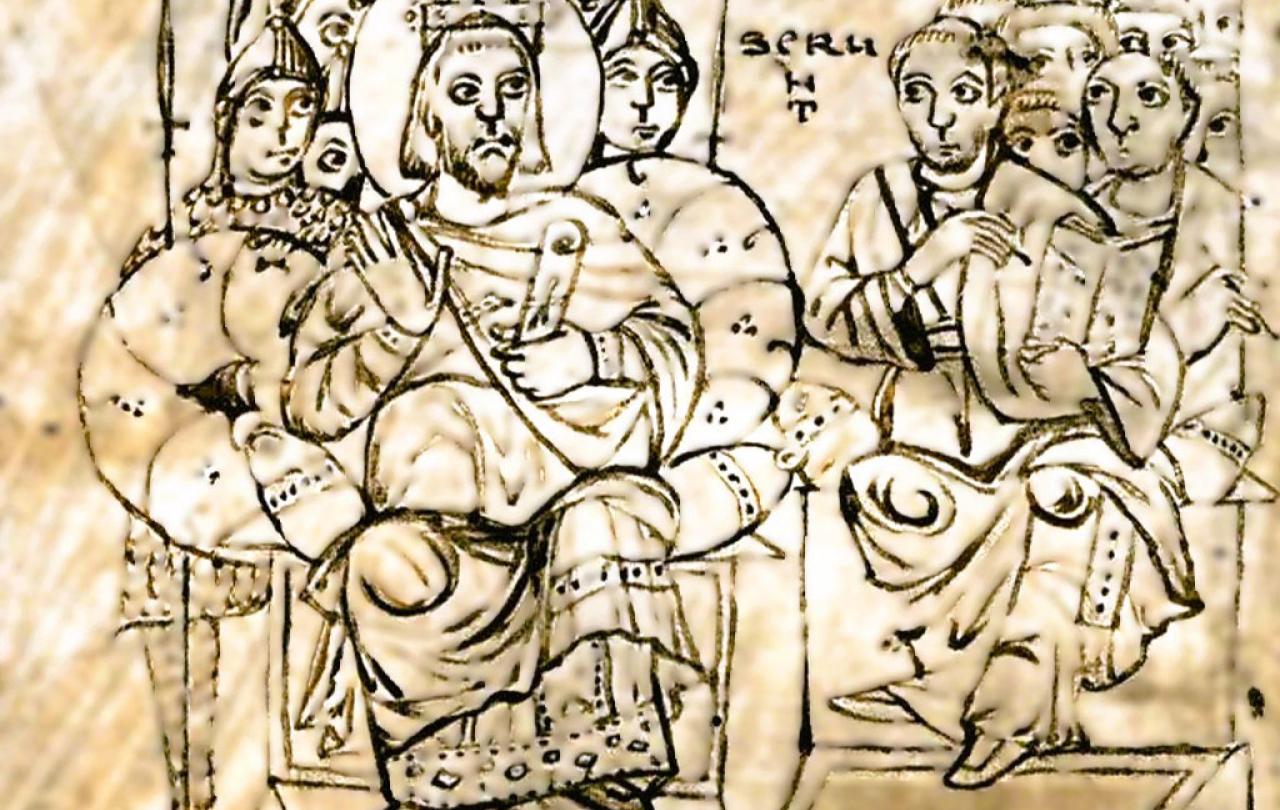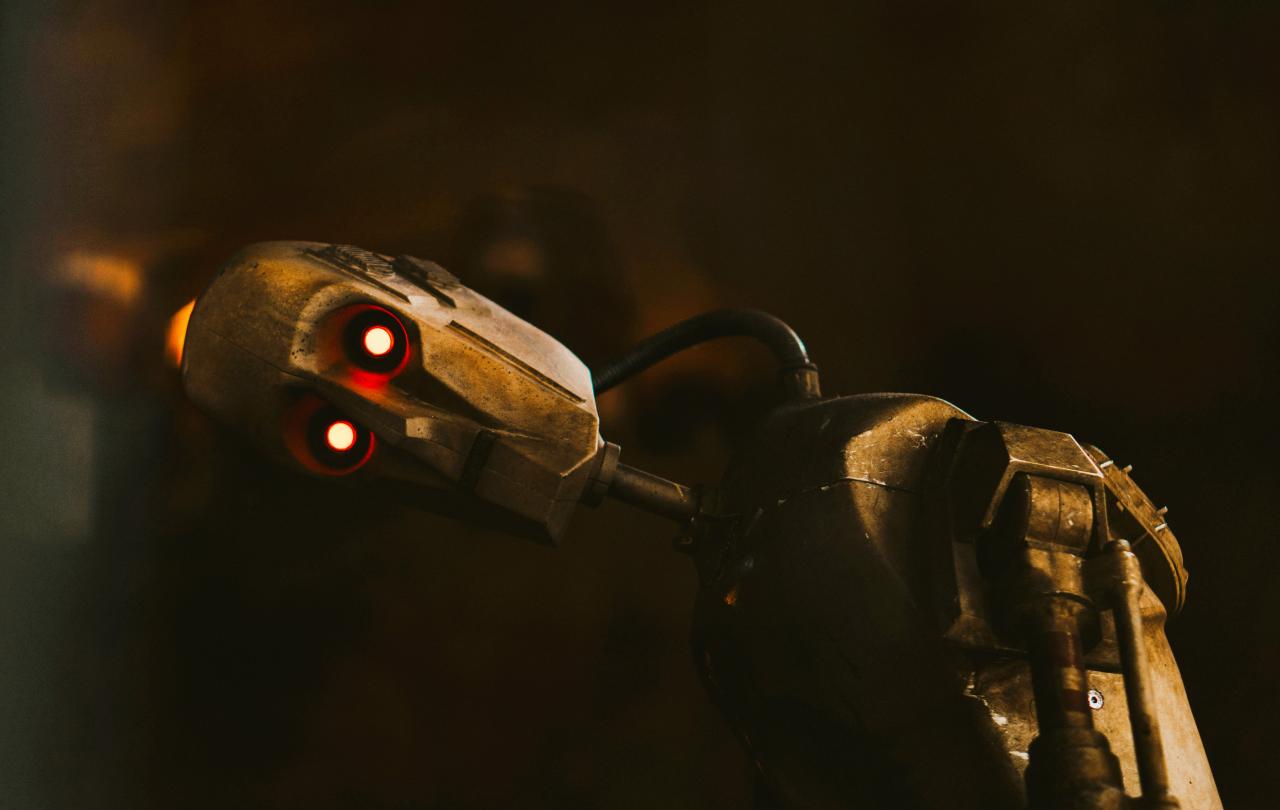
The are not many 1,700-year-old documents that are read out loud every week and known by heart by millions of people across the world. The Nicene Creed is one of them. In 2025 it will be 1,700 years since the Council of Nicaea was called by the Emperor Constantine, and came up with the first version of the Creed. Next year will be full of conferences planned to interrogate and reassess but, mostly, to thank God for the Nicene Creed
But many people will be bewildered, which is a polite way of saying ‘indifferent’ or even ‘hostile’, to this outpouring of Nicaea-mania. Lots of people don’t know the Creed at all, or, if they do, they see it as dogmatic, exclusionary and couched in the arcane language of fourth century classical philosophy, which seems to have little relevance to the world we live in today. Is it really worth celebrating? Let me suggest some reasons why I think it is.
Suddenly, Christians had a chance to shape the world, to shape culture, from the top down as well as from the bottom up.
First of all, 325 marked a period of huge transition for the Christian faith. For the previous 300 years since the time of Jesus, Christianity had been spreading surprisingly rapidly, but generally without support from the wealthy or powerful, and suffering regular persecution. But at the beginning of the fourth century, the Emperor Constantine declared himself to be a ‘Christian’. There is a lot of debate about what he meant by that – it didn’t stop him from murdering most of his family, for example. But Constantine ascribed his victorious Imperial campaign to the protection of the Christian God, and began to offer safety and privilege to Christians and their leaders. It was Constantine who called the Council of Nicaea, wanting to assert his own authority but also wanting this nascent ‘institutional’ Church to get a grip and unite behind him. Suddenly, Christians had a chance to shape the world, to shape culture, from the top down as well as from the bottom up. Whether this is a good thing or a bad one, and what it did and does to the character of Christian faith in the 1,700 years since Nicaea is undoubtedly something that 2025 will have to examine.
Secondly, the Council of Nicaea offered a model of decision-making that has been profoundly important in Christian life ever since. Nicaea was deliberately chosen as the place to hold this council because it sat roughly on the dividing line between the Eastern part of the Roman Empire, where Greek was the lingua franca, and the Western part, where Latin was the language of public discourse. Constantine was seeking to establish himself as sole emperor over both parts, and he called together at Nicaea Christian leaders from across the Empire. We have a good idea of who was there because of the signatories to the resolutions of the Council.
Leaders came from some of the most sophisticated, wealthy and educated parts of the Roman Empire, like Alexandria, with its famous school and library. But they also came from some of the simplest parts, where peasant life was the norm for both the bishop and the congregations. St Spiridion, now the patron saint of Corfu, was one of the signatories; he maintained his hard life as shepherd while leading his human flock; St Nicholas of Myra, whom we now know as Santa Claus, was there, too; altogether there were probably 200 to 300 bishops there, highlighting the extraordinary spread of Christian faith across the Roman Empire. That is why the Council of Nicaea is called the First Ecumenical or world-wide Council. This was the first opportunity for the Church to take stock of itself and to notice and learn from its diversity.
This is a game-changing concept, both for theology and for anthropology.
This model of ‘conciliar’ discussion has remained key to the way in which Christians try to resolve conflict and make decisions, by meeting, discussing, praying and hearing from voices and experiences that represent the whole diversity of humanity. No one can pretend that the Council of Nicaea was exactly such a process – no women were part of the consultation, for one thing – but the intention was significant. In our own time of deep disagreement between Christians, a commitment to the Nicene method of consultative decision-making would be a good focus for examination of 1,700 years of trying to listen to each other, even if we often fail.
Thirdly, and most importantly of all, of course, the Council of Nicaea produced the Nicene Creed, a succinct statement of what Christians affirm about God and the world because of the paradigm-changing life, death, resurrection and ascension of Jesus. The short, clear statements of faith in the Creed were hard-fought for and not accepted by everyone, then or now. They became necessary as people tried out different descriptions of who Jesus is in relation to God, which brought out more and more clearly how fundamental this question is for our understanding of God, and so our understanding of our own purpose and destiny. Some suggested that Jesus was just an exceptionally gifted human being, favoured by God. But the world has been full of great prophets, most of whom receive lip-service at best, but make no actual difference. Others proposed that Jesus was God, wearing a disguise but not really, actually, human, suggesting that God can’t really commit to the created order. The most popular suggestion in the fourth century, put forward by a learned teacher called Arius, was that Jesus is something in between, not the eternal God, but not just a human being either. But that’s the worst of all worlds: we can’t trust what Jesus shows us either about God or about human beings.
All of these ‘solutions’ protected God’s transcendence and otherness – God is above and beyond created existence and divinity cannot or will not sully itself with the earthly, historical lives that human beings live.
The radical suggestion of the Nicene Creed, trying to be faithful to the witness of the Bible, is that Jesus is really God, living among us, but also really a human being, born into a particular time and place in history and dying a real, historical death. And that must mean that the Almighty God doesn’t think it compromises God’s power and majesty to come and share our lives. Imagine the dignity that gives us and our lives – God loves and honours the world and thinks that a human life is capable of showing us the nature of God. But it also means that the full life-giving power of God is not just ‘outside’ but ‘inside’ the world.
This is a game-changing concept, both for theology and for anthropology.
To find out more about the McDonald Agape Nicaea Project being held by St. Mellitus College in London, come and join the public lectures, or look out for other Nicene celebrations in 2025.
Participants will hear from some of the world’s leading scholars on various issues related to Nicaea, including Professor Khaled Anatolios, Dr. Beverly Roberts Gaventa, Professor Ilaria Ramelli, Professor Bruce McCormack, Dr. Willie James Jennings, and many more.
A significant part of the Nicaea conference in 2025 will be a call for papers, expanding dialogue on the topic and hearing from a wide array of voices.
For more information or to register for these events, you can visit the Nicaea Project website





